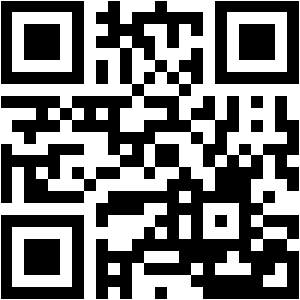| University | University of Auckland (UOA) |
| Subject | Nursing |
Reducing Restraints in Mental Health: Implementing Safeward & Sensory Modulation
Name: [Your Name] | Student ID: [Your ID]
Problem/Situation
In the past 12 months, the Adult Acute Inpatient Mental Health Unit recorded 118 restraint incidents (56.7% male, 43.3% female), primarily affecting patients aged 20–49 (79%). Key concerns:
- Restraint Types: Full personal (37), partial (34), seclusion (18), locked doors (29).
- Reasons: Harm to others (49), self-harm (32), treatment facilitation (20).
- Gaps in De-escalation: Only 11.7% had restraint-minimisation plans; interventions like sensory modulation (0%), cultural support (0%), and family involvement (0%) were underutilized.
SMART Goal
“Reduce physical restraints by 30% in 6 months by implementing Safeward principles (e.g., clear mutual expectations, calming strategies) and sensory modulation tools (weighted blankets, dim lighting), supported by staff training and patient feedback.”
Stuck! Do not Know Assessment Answers?
Hire NZ Native Experts 24/7.
Situational Analysis (SWOT)
| Strengths | Weaknesses |
|---|---|
| High staff awareness of restraint risks | Lack of training in Safeward/sensory tools |
| Existing low-stimulus rooms (used 7.6%) | No cultural/family interventions documented |
| Opportunities | Threats |
| Sensory tools are low-cost and effective | Resistance to change from staff |
| Safeward model reduces conflict | Time/resources for training |
Key Data Snapshot
![Pie chart: Restraint Types – Full personal (31%), Partial (29%), Seclusion (15%), Locked doors (25%)]
Top Missing Interventions:
- Sensory modulation (0%)
- Cultural support (0%)
- Family involvement (0%)
Reflection & Next Steps
Findings: Restraints are overused due to reliance on reactive measures (security presence: 16.3%) vs. proactive strategies (sensory tools: 0%).
Learnings: Safeward principles and sensory modulation can address root causes (e.g., distress, overstimulation).
Action Plan:
- Train staff on Safeward (e.g., “Clear Mutual Expectations” policy).
- Pilot sensory tools in high-risk periods.
- Audit restraint incidents monthly.
Opposing Forces: Staff inertia, budget constraints.
Supportive Forces: Evidence from Safeward trials (60% restraint reduction in similar units).
Visuals to Include:
- Bar graph: “Reasons for Restraint” (harm to others, self-harm, etc.).
- Icons: Safeward principles (e.g., teamwork, calm space).
Formatting Notes:
- Headings: Bold, large font.
- White Space: Balance text with visuals.
- Font: Arial 11pt for body, 14pt for headings.
Buy Custom Assignment & Homework Solutions
Pay to NZ Native Writers | Cheap Cost & Plag Free
New Zealand Assignment Help has a team of professionals with good knowledge and long experience in every academic discipline. Our writers are available 24 hours to provide remarkable solutions on nursing assignments at a budget-friendly price. Contect us now!
- Nursing Assignment 3 : Factors that Impact Registered Nurses’ Ability to Influence National Government Health Policy
- The Management and Behaviour or Pregnant Sows on Pasture Assignment 1 | Massey University (MU)
- HAS 962 – Occupational Hygiene: Measurement Assessment 4 AIOH Technical Report | UOW
- IT00143 Install & Optimize Software Applications Assignment | Pacific Polytech
- Digital Tourism and Hospitality Assignment Report | Auckland University of Technology
- HEAL840 Critical Enquiry for Evidence Based Practice Additional Assessment Opportunity (AAO) Semester 1 2025
- RES903 Research Dissertation Assessment One | Nelson Marlborough Institute of Technology (NMIT)
- 71338 Managing Change Assessment 3 Strategy and Implementation Report | Open Polytechnic
- BSRV4601 Fundamentals Real Estate Assignment 1: Eligibility and licensing | Open Polytechnic (OP)
- MGMT801 Managing in a Multi-Cultural Environment Assignment 1 Report, Auckland Institute Of Studies (AIS) New Zealand


